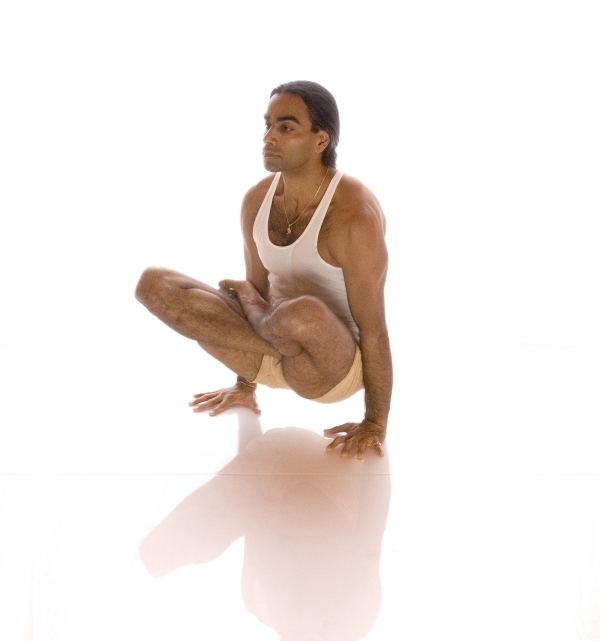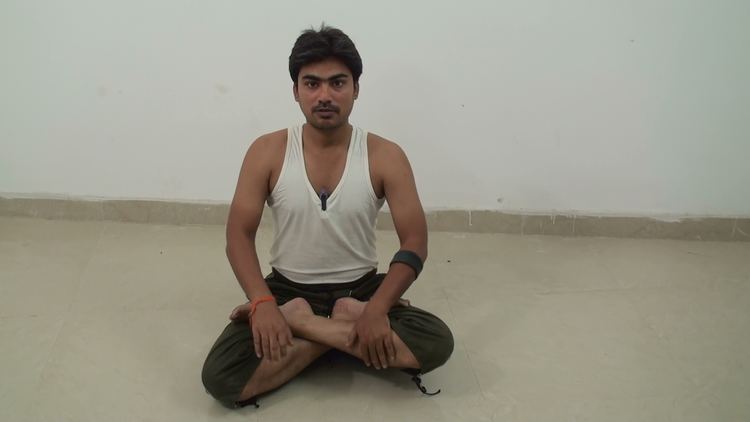Follow-up poses Kukkutasana | Pose type Arm balance, Core | |
Note The asana should not be practiced with current or recent shoulder or wrist injuries. Consult a doctor before beginning an exercise regime Strengthens Arm, Abdomen, Human back, Shoulder, Hip, Wrist Preparatory poses Lotus position, Baddha Koṇāsana Also known as Scale pose, Tolasana, Utthita Padmasana, Raised lotus pose Similar Lotus position, Baddha Koṇāsana, Kukkutasana, Half Lord of the Fishes Pose ‑ Ar, Janusirsasana | ||
Basics of tulasana or swinging pose and its benefits
Tulasana (Sanskrit: तुलासन; IAST: Tulāsana), Balance Pose, Dolasana (Swing Pose), Tolasana (Scale Pose), or Utthita Padmasana (Raised Lotus Pose) is an asana.
Contents
- Basics of tulasana or swinging pose and its benefits
- Etymology
- Description
- Benefits
- Contraindications and cautions
- References

Etymology

The name comes from the Sanskrit words tula (तुला) meaning "balance", and asana (आसन, āsana) meaning "posture" or "seat".
Description

From Padmasana the practitioner with the hands placed either side of the hips raises the entire torso, legs, and feet using the arms and shoulders.
Benefits
The asana strengthens the back, shoulders, and hips.
Contraindications and cautions
The asana should not be practiced with current or recent shoulder or wrist injuries.


References
Tulasana Wikipedia(Text) CC BY-SA
